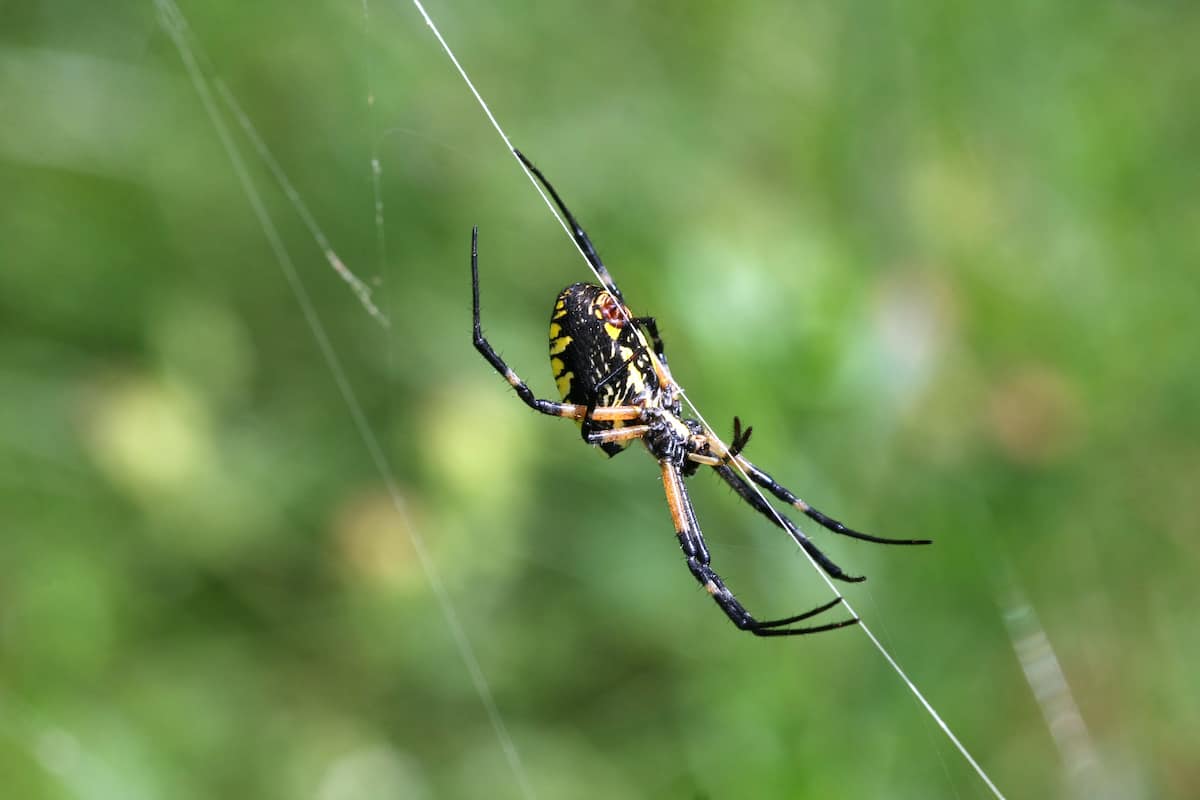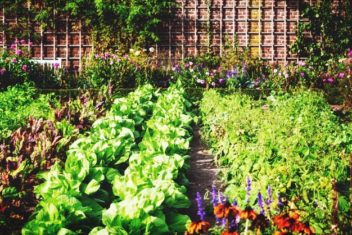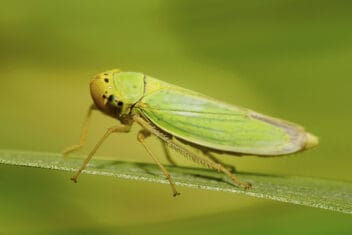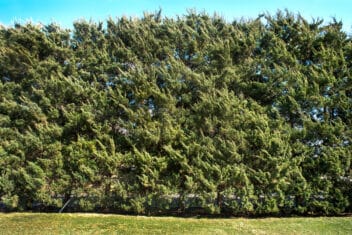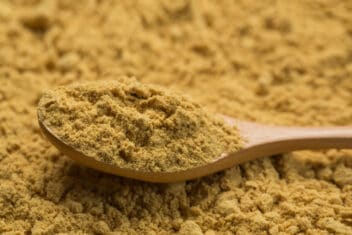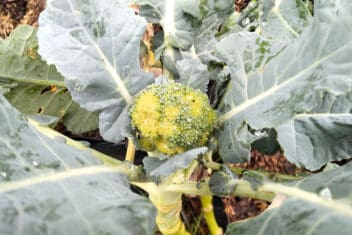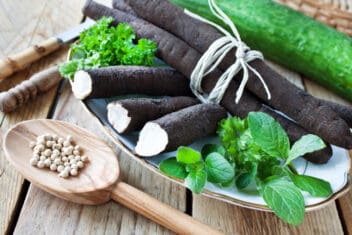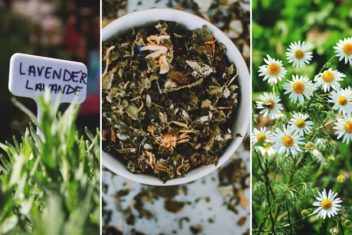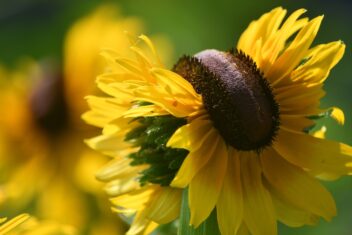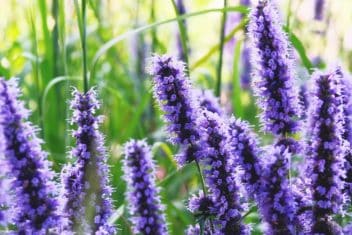Finding a massive, creepy spider in your garden can be frightening at first, and you might have to resist the urge to squish it with your shoe. You probably know that pests are problematic, but are spiders in the garden a good or bad thing?
Spiders often appear in the garden in the late summer. It’s not uncommon to find black and yellow arachnids along with webs all over your plants. At times, it feels like they showed up out of nowhere.
So do you want spiders in the garden? Are they a sign of trouble? Here’s what to know.
The Benefits of Spiders in the Garden
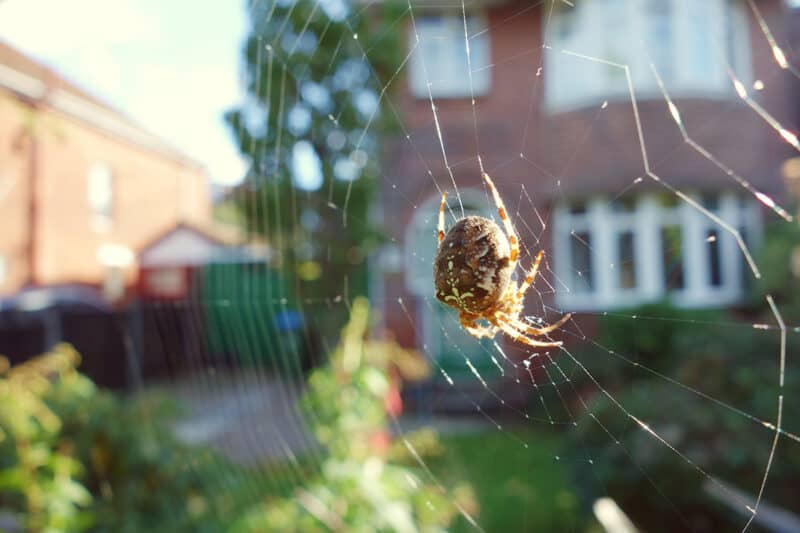
For the most part, spiders in the garden are a good thing. Even if you shudder at the sight of them, they can be extremely beneficial.
They love to eat and aren’t nearly as picky as your toddler when it comes to what they consume. Despite their reputation, spiders have no desire to bother you and prefer to spend their time munching away at the insects in your garden rather than all of the vegetables you grew.
Still skeptical? Here are some of the benefits and reasons why spiders in the garden really are a good thing.
1. Gets Rids of Insects in Your Garden
The main reason that you want to keep spiders in the garden is that they eat insects, as many as they can. Some of the pests that they can eat include:
- Flies
- Caterpillars
- Mosquitoes
- Beetles
- Wasps
- Aphids
- Armyworms
- Leafhoppers
- Flea beetles
- Leafminers
- Spider mites
Spiders can keep these populations under control, which can help your plants stay healthy.
Plus they help to reduce the risk of you being bitten by mosquitos while you spend time in the garden.
Studies show that spiders are one of the most beneficial creatures to have in your garden. They’re likely more effective than birds at controlling pests.
The one bad thing is that some spiders are so aggressive and hungry that they will capture beneficial insects in the area and kill them, as well. It’s not unusual to find bees and other friendly insects trapped in a spider web.
Although that’s frustrating, it’s not bad enough to warrant getting rid of the spiders.
We still appreciate their help; we can withstand the loss of a few good insects for all the benefits they give us. It’s all the cycle of nature, after all.
2. Reduces The Need for Pesticides
Letting the spiders in your garden take care of the pests is one way to decrease the use of pesticides.
If you practice organic gardening, this is beneficial, especially if you’re growing vegetables. The fewer chemicals you use in the garden, the fewer you’ll ingest.
3. They Help When You Need Them Most
Pests typically don’t start appearing in your garden in the spring when you’re planting your seedlings. Most of the time, they show up when your plants are larger and in full bloom or producing tons of vegetables.
Spiders overwinter in the garden, and you probably won’t see them first thing in the spring. Once they emerge and start growing you’ll find them.
They tend to appear when the rest of the pests get more active in the garden, which is right when you need the spiders’ help most.
4. Reduces Plant Pathogens
Since spiders control pests, they reduce harmful plant pathogens and bacteria that could kill your crops.
Pests transfer fungal and bacterial diseases from plant to plant, which could damage plant tissue. Some diseases will destroy an entire harvest!
So, the fewer pests you have, the fewer diseases you will have as well. It’s a win-win!
Beware: Spiders Aren’t Always Good
It’s necessary to note that garden spiders typically aren’t dangerous, but that doesn’t mean all of the spiders you’ll find in your garden are all safe.
You could easily encounter a poisonous breed that decided to make your garden home or swing by for a quick stop.
You might notice a black widow, but those don’t typically make gardens their home.
Other spiders, while not necessarily dangerous, may bite if disturbed. Use caution when working in the garden.
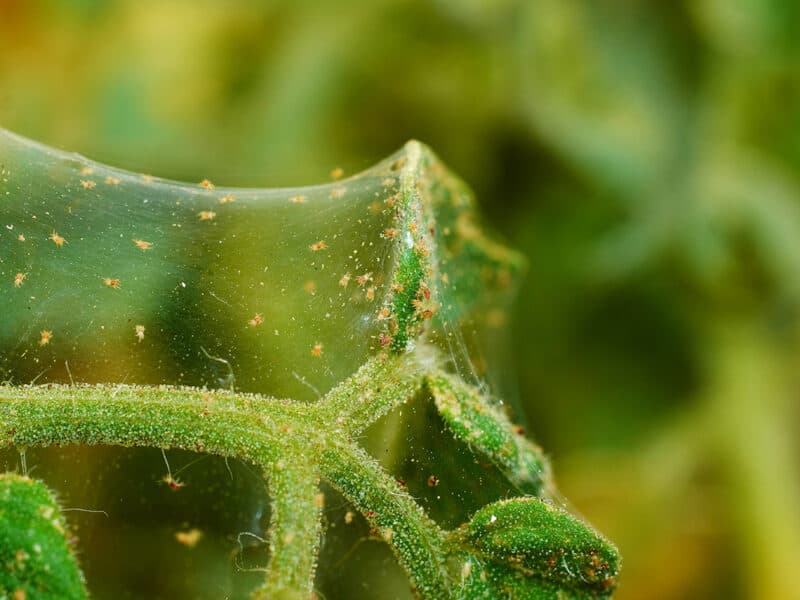
On top of that, if you see find webbing all over your plant, keep an eye out for spider mites. These tiny arachnids are horrible garden pests. We have a guide to help you identify and get rid of them.
What Does a Garden Spider Look Like?
There are many kinds of spiders that you’ll find in your garden, but one of the most common is the garden spider, Argiope aurantia.
Garden spiders are native to North America and found across the continent. You can even find them in Hawaii, and extending as far south as Central America and into Canada.
These spiders are black with yellow markings. Once you get over your fear or dislike of spiders, you’ll find that this breed of spider is actually quite beautiful.

Female garden spiders have a distinctive black and yellow abdomen, and their eight legs have red or yellow markings to match. Their legs can be up to three inches.
Male garden spiders aren’t nearly as interesting or large. These spiders are brown and only about the quarter of the size of a female garden spider.
Females stand out as well because they spin a unique web. Her large web will be built in mid-summer, allowing her to secure a mate or trap food. The webs that she builds measures 2-3 feet wide in a circular shape with a prominent pattern of silk lines.
I typically find spider webs between my tomato stakes or stretched across the garden arches holding my cucumbers.
Males build spider webs as well, but theirs do tend to be a lot smaller. They are denser and not nearly as fancy. Males usually build their webs near the females, which is a sort of mating behavior.
You’ll also often see orb weaver spiders from the family Araneidae in the garden. These come in a variety of colors and sizes, but they all weave those familiar round webs to catch their prey.
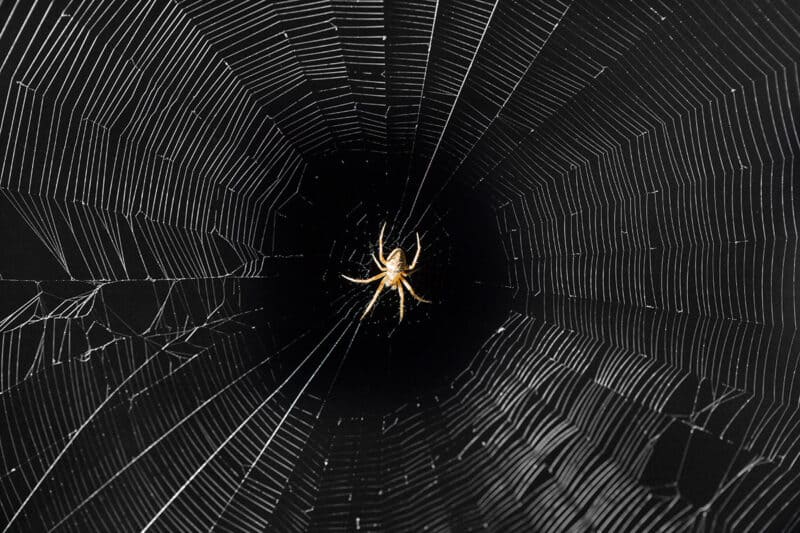
The Other Spiders in Your Garden
You also can find hunting spiders in your garden, such as wolf spiders, crab spiders, and jumping spiders. These spiders like to live in burrows, such as under mulch or debris, instead of living on webs. They attack and eat pests on the soil surface or ones that pass near their location.
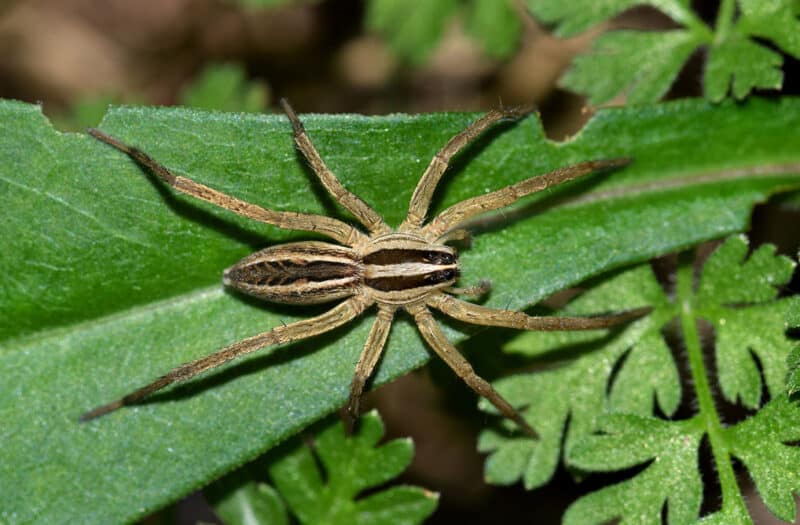
Most hunting spiders prefer to hunt by night, so chances are you’ll only see them if you disturb where they sleep.
Jumping spiders hunt flies throughout the daylight hours. They don’t create webs.
How to Attract Garden Spiders
If you don’t see any garden spiders, you can try to attract them, just like you would any other insect. While it might be on the bottom of your to-do list, your garden will thank you for bringing more of these to your garden.
Here are some ways that you can attract some to your neck of the woods.
Add Attractive Plants
Try adding flowers among your vegetables to attract spiders. Not only are flowers good for your veggies in general, but they also encourage spiders to stop by and visit.
Trees and shrubs, along with other perennial plants, are awesome homes for spiders. They give them a habitat to spin webs and a base for jumping spiders.
Crab spiders need a location that has flowers, and fruit trees and bushes have those!
Include Tall Plants and Structures
Weaving spiders prefer tall plants to string their webs. Try including tall plants for them to attach their webs, such as sunflowers, cornstalks, or tomatoes.
You can also include any type of structure in your garden that they like to build on, such as trellises and arches.
Spread Mulch or Use Ground Covers
Hunting and predatory spiders prefer to hang out on the ground, in particular under mulch. It’s not abnormal to find spiders running under mulch if you’re working in your garden. Resist the urge to kill them!
Try using layers of grass clippings or woodchips. Not only is mulch helpful for your garden plants in general, but now you’re giving spiders a home.
You should also adopt a no-till approach to avoid disturbing their grounds.
Leave Webs Where You Can
Spiders don’t always build webs in convenient locations. If you have to remove them, that’s fine, but if it’s possible, try to leave and allow the webs to stay on your sheds, greenhouses, and garden structures.
Don’t Clear Out Fall Debris
Some people might tell you that you need to clear away plants that are dead, stalks, or plant debris in the fall, leaving your garden totally bare in the winter.
That might make cleaning a little easier in the spring, but it’s not a good idea for the pollinators and spiders in your garden. They need a safe area to overwinter, and your messy garden is the perfect spot.
Conclusion: Spiders in the Garden Are Good!
Don’t destroy the garden webs you find in your garden beds, even if you really dislike them. Spiders relentlessly stalk and eat insects throughout your garden, including the pests that can destroy your vegetable plants.
